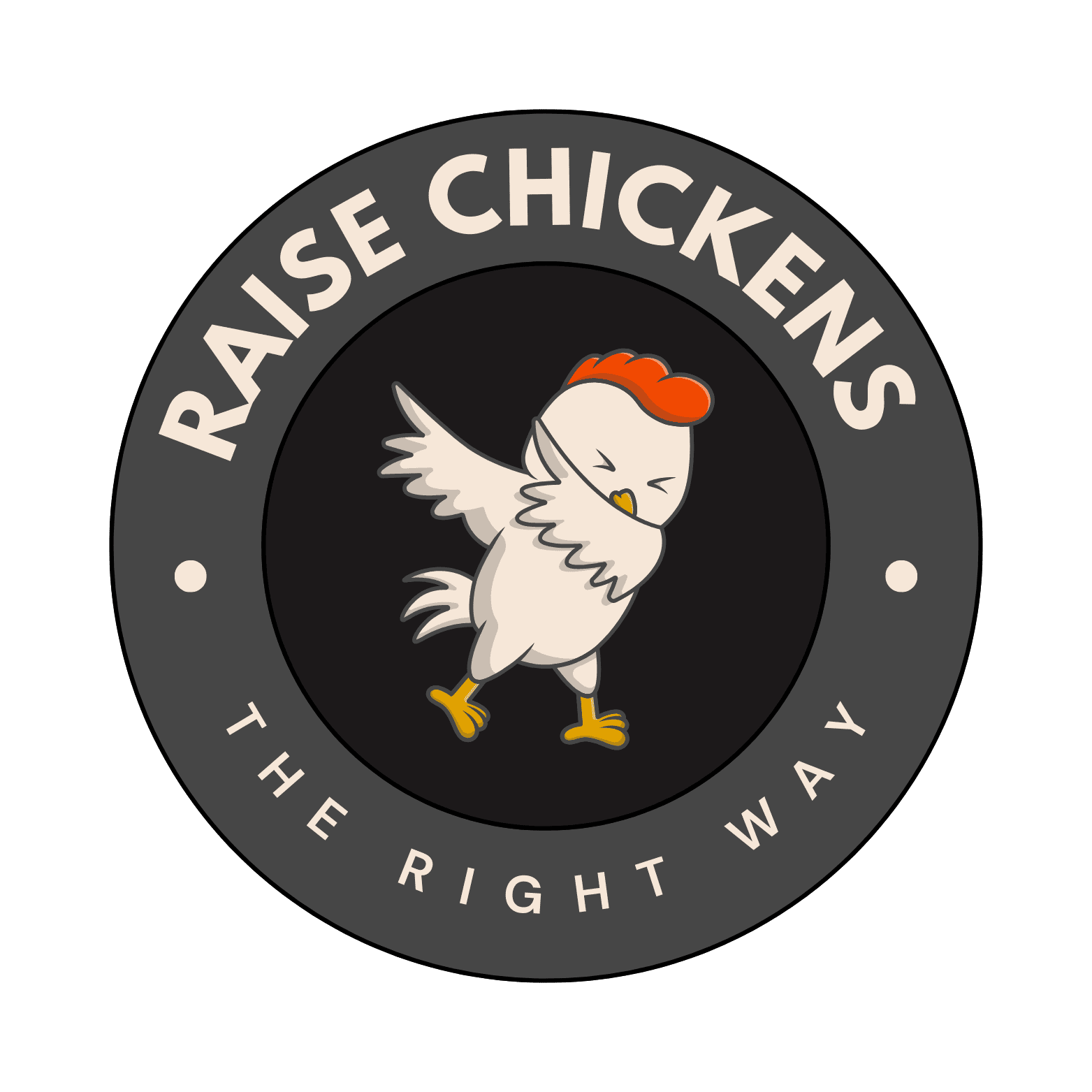After spending over two decades raising chickens, I’ve encountered my fair share of challenges. But there’s one condition that still breaks my heart every time I see it – Cage Layer Fatigue. I remember the first time I noticed one of my hens struggling to stand. As an experienced farmer, I knew something wasn’t right, and today I want to share everything I’ve learned about this devastating condition.
Understanding Cage Layer Fatigue: A Farmer’s Perspective
Cage Layer Fatigue isn’t just another fancy veterinary term – it’s a serious condition that primarily affects laying hens in production systems. I’ve seen it most commonly in birds that are housed in cages, though it can occur in any housing system. The condition typically shows up when hens are at their peak laying period, which makes it particularly troublesome for egg producers like myself.
Recognizing the Warning Signs
Through my years of experience, I’ve learned to spot the symptoms early. Here are the key signs I watch for:
The Root of the Problem
I’ve discovered that Cage Layer Fatigue is essentially a calcium metabolism disorder. Think of it like a bank account – when your hen is laying eggs, she’s making constant withdrawals from her calcium reserves. If she can’t replace that calcium fast enough, her body starts taking it from her bones, leading to weakness and potential collapse.
My Proven Prevention Strategies
Over the years, I’ve developed a comprehensive approach to preventing Cage Layer Fatigue. It’s all about being proactive rather than reactive. Trust me, prevention is much easier than treatment.
The Calcium Connection
I can’t stress enough how crucial calcium supplementation is. I’ve found that providing calcium in two forms works best. I offer crushed oyster shells free-choice and ensure their regular feed has adequate calcium levels. I’ve noticed my hens tend to eat more calcium in the evening, which makes sense since that’s when they’re forming egg shells.
Lighting: More Than Just Brightness
One of the biggest lessons I’ve learned is that proper lighting isn’t just about helping hens see – it’s crucial for calcium absorption. I maintain a consistent lighting schedule, typically 16 hours of light and 8 hours of darkness. This helps regulate their laying cycle and supports vitamin D synthesis, which is essential for calcium absorption.
Treatment Approaches That Work
When I do spot a hen showing symptoms, here’s my step-by-step treatment plan:
Why It’s More Common in Laying Hens
I’ve noticed that high-producing laying hens are particularly susceptible to this condition. It makes sense when you think about it – they’re putting an enormous amount of energy and resources into egg production. Modern laying hens can produce over 300 eggs per year, and each egg shell requires significant calcium. It’s like running a marathon every day – eventually, without proper support, the body struggles to keep up.
Additional Management Tips
Through trial and error, I’ve found several management practices that help reduce the incidence of Cage Layer Fatigue. I ensure my hens have enough space to move around, even in cage systems. I’ve also implemented regular exercise periods for my birds when possible. Additionally, I maintain detailed records of egg production and shell quality – often the first indicators of potential problems.
